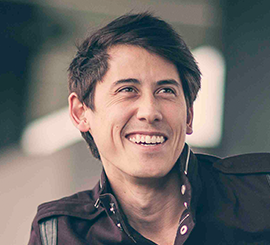Australian Communities: Vietnamese Australians
The migration of Vietnamese to Australia, which has occurred mostly in the last 40 years, has three distinct phases: assisting orphans pre-1975; refugee resettlement during 1975–1985; and family reunions, since the late 80s.
From 1958, Vietnamese students started to arrive in Australia to study at universities under the Colombo Plan. Almost all of these students returned to Vietnam after finishing their courses. In 1975 there were only about 1,000 people born in Vietnam living in Australia: 335 Colombo Plan students; 130 private Vietnamese students; and over 500 orphans adopted by Australian families.
Australia committed combat troops to the Vietnam War in 1965. Later, many of these troops and other Australians married Vietnamese people and brought them back to Australia. This was the beginning of the first wave of permanent Vietnamese migration to Australia.
During the Vietnam war over half the population was internally displaced and millions were killed. As a result, there were over 800,000 orphans in South Vietnam alone. Australian families adopted 537 Vietnamese orphaned babies and infants between 1972 and 1975.
After the fall of Saigon in 1975, Australia accepted refugees who feared reprisals from the communist regime because of their economic or political activities under the previous Government and arrivals of Vietnamese people increased rapidly. In 1976 (the first Census at which the Vietnamese were recorded separately) there were 2,427 people born in Vietnamese in Australia and at the 1981 Census the population had increased to 41,096.
Vietnamese refugees who arrived in the immediate post-war period can be described as four main groups, with different but in some cases overlapping arrival times. The first group, arriving in 1975 were mostly elite Vietnamese, Chinese Businessmen and Catholics who faced severe reprisals from the new government.
The second group arriving in 1976–78 were a gradually increasing outflow of refugees from camps outside Vietnam. The third group, arriving in 1978, were mostly owners of private businesses, especially Chinese, expelled by the new Vietnam Government.
The fourth group were so called ‘economic refugees’, mostly small traders, rural and urban workers and the unemployed, who had made their way to refugee camps in Indonesia and Hong Kong and were looking for a more permanent home.
In April 1976, the first boat, Fishing Boat KG4435, carrying Vietnamese asylum seekers arrived in Darwin, followed, in the next five years, by 56 additional boats with 2,100 Vietnamese asylum seeking ‘boat people’. The ‘boat people’ who mostly arrived in Australia’s north, were a very small part of the vast outflow of people from Vietnam. Most travelled by boat to nearby Asian countries where they were assessed and resettled in third countries including the USA, Canada and Australia. A small number of asylum seekers came directly to Australia. All of these asylum seekers were assessed, with very few repatriated.
The urgent need to resettle the large numbers of Vietnamese refugees in camps in neighbouring countries and the increasing flow to resettlement countries such as the USA, Canada and Australia led to international discussions and agreements. In Geneva in 1979, following negotiations between the Government of the Socialist Republic of Vietnam and the Office of the United Nations High Commissioner for Refugees (UNHCR), the Vietnamese Government agreed to forcibly constrain unregulated departures, but to allow an Orderly Departure Program (ODP) in which Vietnamese were permitted to apply to migrate to specific countries.
In 1982 the first immigrants from Viet Nam under the ODP arrived in Australia. From the late 1980s this program was officially applied in Australia as the ‘Vietnamese Family Migration Program’ (VFMP). Under this program Vietnamese people with relatives in Australia were permitted to emigrate directly from Vietnam to Australia, subject to satisfying Australia’s standard refugee requirements.
Between 1975 and 1986, almost all of the Vietnamese arrivals were refugees. This decreased to around 45 per cent between 1986 and 1991 and only 22 per cent between 1991 and 1993. By 2000 the Vietnamese humanitarian arrivals were less than 2 per cent of the total Vietnamese settler arrivals.
In the 1991 National Census there were 124,800 people born in Vietnam resident in Australia and in 2001there were 154,000. The 2011Census indicated that 185,000 people born in Vietnam were resident in Australia and 219,000 people spoke Vietnamese at home. As many as a quarter of Vietnamese speakers in Australia are of Chinese ancestry but there is no real divide between ethnic Vietnamese and ethnic Chinese Vietnamese communities.
Mahayana Buddhism is the main religion of the community, followed by Christianity both Catholic and Protestant. The main festivals observed by Vietnamese Australians include Tet NguyenDan, the Lunar (or Chinese) New Year, and Tet Trung Thu (the Mid-Autumn Festival).
There are Vietnamese newspapers and a community literary and cultural website web site as well as radio stations and regular SBS television programs.
Vietnamese community organisations thrive and are involved in community development, advocacy and social work. Community members play an increasing role in local government as well as representation in the Upper Houses of both Victoria and Western Australia. Vietnamese Australians are also well represented in the arts and the professions.
Prominent Australians of Vietnamese ancestry include:-
- Anh Do, comedian, actor, author of The Happiest Refugee, brother of Khoa Do
- Khoa Do, Young Australian of the Year in 2005, lawyer, film director, screenwriter, professional speaker, philanthropist, brother of Anh Do
- Xuan Duong, bi-lingual poet, community advocate
- Charles Tran Van Lam (?_2001) former Foreign Minister of South Vietnam (1969–72), first Vietnamese Ambassador to Australia (late 1950s), President of the Senate of South Vietnam (1973), one of signatories of the Paris Peace Accord (1973)
- Giang Le-Huy, actor
- Hieu Van Le, Lieutenant Governor of South Australia, Chairman of the South Australian Multicultural and Ethnic Affairs Commission
- Nam Le, author, winner of the 2008 Dylan Thomas Prize for The Boat
- Tan Le, 1998 Young Australia of the Year, barrister, community advocate
- Tony Le-Nguyen, actor, writer, director and producer
- Quang Luu, broadcaster, head SBS Radio, Australian Museum trustee
- Kim Nguyen, Barnardo’s Australia’s Mother of the Year, 1998
- Luke Nguyen, chef and owner of Red Lantern in Surry Hills, Sydney and host of Luke Nguyen's Vietnam on SBS
- Nguyen Van Hung, Catholic priest, and human rights activist on Taiwan
- Rob Nguyen, Formula 3000 driver
- Sang Nguyen, Victorian ALP Upper House politician
- Vincent Long Van Nguyen, Roman Catholic bishop in the Archdiocese of Melbourne
- Batong Pham, Upper House politician in Western Australia
- Hoa Pham, writer
- Caroline Tran, Triple J announcer
- Natalie Tran, video blogger on YouTube, most viewed YouTuber in Australia
- Vico Thai, television and film Actor
- Tran My Van, academic
- Quan Yeomans, lead singer and guitarist of Regurgitator
- Dr Jordan Nguyen, designs life-changing technologies focusing on intelligent, futuristic and inclusive technology for the disability sector.
- This list is by nature of developing communities incomplete.
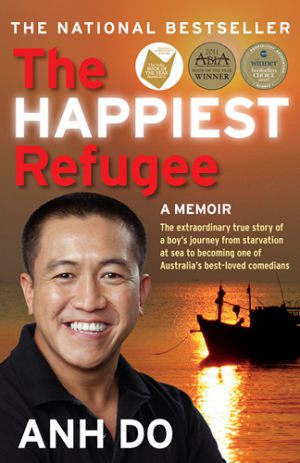
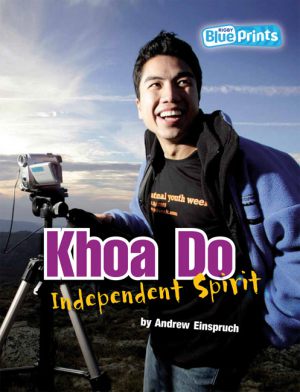
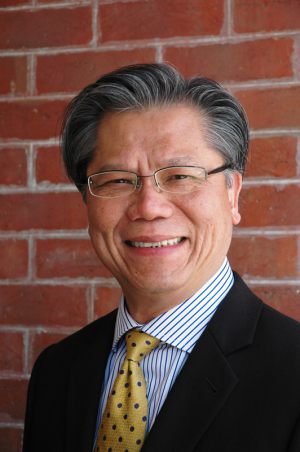
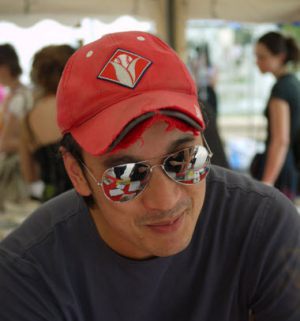
_300x100000.jpg)
_300x100000.jpg)
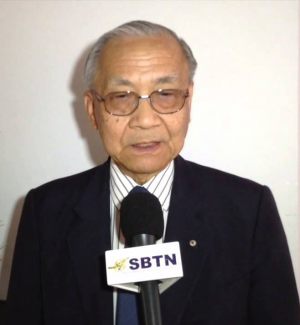
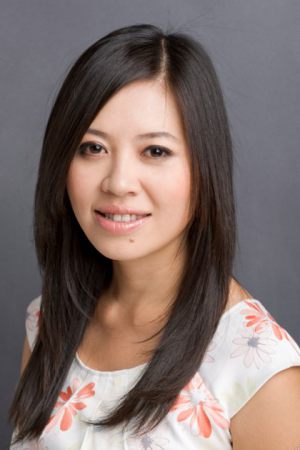
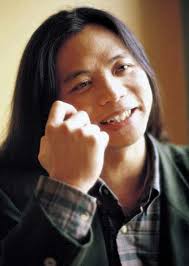
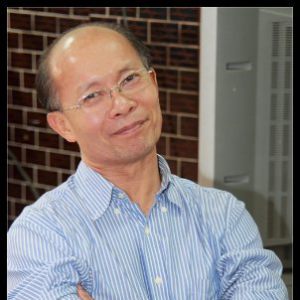
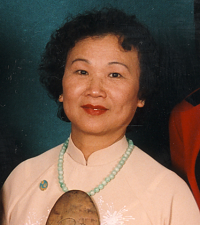
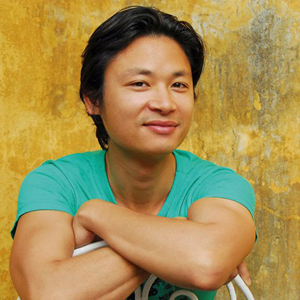
_300x100000.jpg)
_300x100000.jpg)
_300x100000.jpg)
